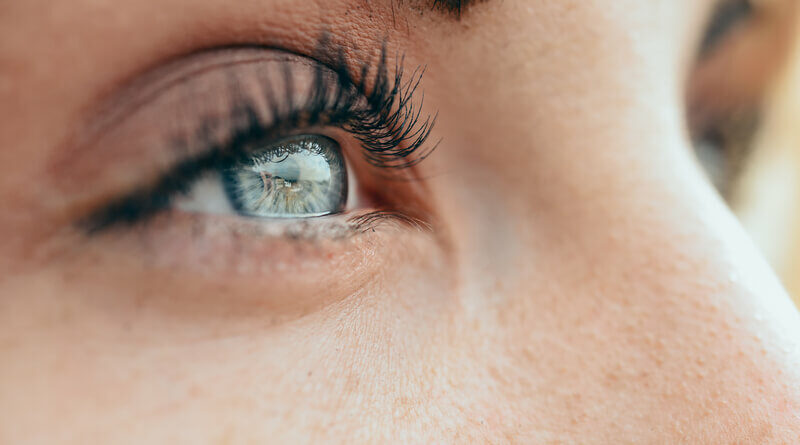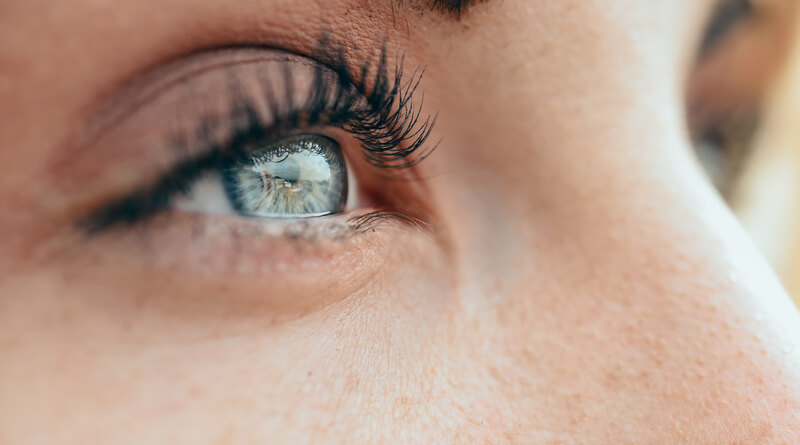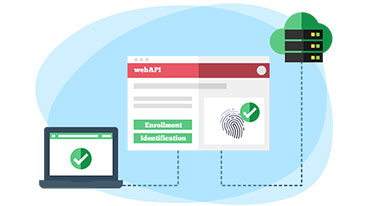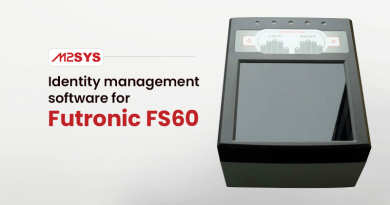Why is Iris Recognition Biometrics Becoming Dominant?
Iris recognition is a biometric modality which captures a photo of the eye pattern, converts the photo to a binary template and then saves the data to a server for future matching. Iris cameras are used to recognize an individual’s unique identity by analyzing the random, unique patterns which visibly appear inside their eye from a certain distance. It utilizes multiple technologies including optics, statistical conclusions, pattern recognition, and computer vision.
Iris recognition biometrics is widely considered to be the most accurate biometric modality among those currently available in the market. A recent Twitter poll we conducted asked what the public feels is the most reliable biometric modality and results indicated that most people trust the reliability and accuracy of iris recognition technology over any other biometric alternative.
What is the “iris?”
The iris is the colored ring around the pupil of our eyes which controls its size and regulates the amount of light received. Like a thumbprint, the iris is a unique human physiological characteristic which means there are no two identical patterns on the planet. A human’s iris pattern randomly develops while in utero through a process called morphogenesis, eventually reaching completion at approximately one year of age.
How do you use an iris camera for identification?
Iris recognition requires an advanced digital camera to capture images of the detailed, unique structures of the iris and then compares this data to an encrypted enrollment template on file. The matching is based on one-to-many (1:N) search capabilities, useful for large databases where alternative biometric technologies could be at a disadvantage because of its reliance on a one-to-one (1:1) matching which may require database segmentation to work efficiently. For more information on the differences between 1:N and 1:1 biometric matching and why it’s important to understand, please read this post.
Iris cameras can accurately scan the iris from between 10 cm to about 2 meters away and can even work with glasses or contact lenses in place (although these are recommended to be removed prior to a photo). If the iris is not injured or damaged by any health issues (e.g. severe cataracts), it will remain stable over time and just one initial enrollment can last forever.
If you want to set up an iris camera, you need to integrate it with a programming language such as .NET or a C# platform. It has some libraries which need to integrate with an application to control the iris camera. Once properly implemented, the camera will allow you to capture and save iris pattern images. You can choose which image format to use such as jpeg or WSQ, or you can create direct biometric templates in standardized formats such as ISO, ICS, and ANSI. Subsequently, you can save the data to a server for future biometric matching.
Benefits of iris recognition:
- Accuracy: Iris recognition is considered to be the most accurate biometric modality available. There is a 1 in the 10⁷⁸ chance that the iris pattern of two individuals is identical.
- Stability: The iris pattern generally doesn’t change throughout our lifetime.
- Hygiene: Iris recognition is contactless rendering it much more hygienic than other available modalities.
- Speed: The iris template size is small which helps facilitate fast matching.
- Popularity/Acceptance: Along with fingerprint, iris recognition technology is arguably one of the most popular and recognizable biometric technologies around the world as it has a strong acceptance rate based on the non-invasive, non-contact, hygienic characteristics of the technology.
A report by Research and Market shows that the global iris recognition in the access control market is projected to grow at a CAGR of 18.09% during the period 2016-2020. Another report says that iris biometrics provide anonymity and security at U.S. Private Vaults. In environments such as airports, border control, and patient identification in healthcare, where identification accuracy and security are paramount, iris recognition technology is proven to be the best suited biometric modality.
Based on the aforementioned characteristics, it is safe to say that iris recognition biometric technology will continue to rapidly expand around the world, supplanting more traditional modalities such as a fingerprint.
If you have still any queries about iris recognition, contact us for more information.














